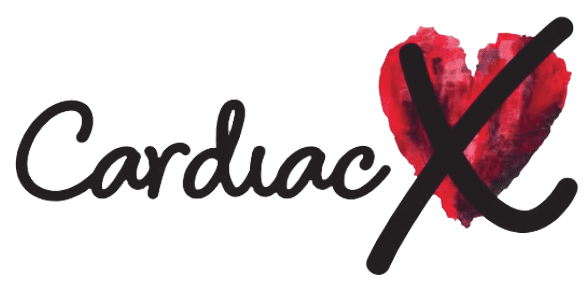Have you ever felt dizzy or lightheaded when standing up too quickly? Or maybe you've experienced fatigue and weakness throughout the day? These symptoms could be signs of low blood pressure, also known as hypotension. In this blog post, we will explore what low blood pressure is, its causes, symptoms, and potential treatment options.
What is low blood pressure?
Low blood pressure, or hypotension, occurs when the force of blood against the walls of your arteries is lower than normal. It is typically defined as a reading below 90/60 mmHg. Blood pressure is essential for delivering oxygen and nutrients to your organs and tissues. When it drops too low, it can disrupt the normal functioning of your body.
What causes low blood pressure?
There are several factors that can contribute to low blood pressure. Some common causes include:
- Dehydration: When your body loses more fluids than it takes in, it can lead to a drop in blood pressure.
- Medications: Certain medications, such as diuretics or alpha blockers, can lower blood pressure as a side effect.
- Heart problems: Conditions like heart failure or a weak heart can result in low blood pressure.
- Hormonal changes: Pregnancy, thyroid disorders, and adrenal insufficiency can all affect blood pressure levels.
What are the symptoms of low blood pressure?
The symptoms of low blood pressure can vary depending on the individual and the underlying cause. Some common symptoms include:
- Dizziness or lightheadedness
- Fainting or feeling faint
- Blurred vision
- Fatigue or weakness
- Rapid or shallow breathing
How is low blood pressure treated?
The treatment for low blood pressure depends on the underlying cause and severity of the condition. In some cases, lifestyle changes may be sufficient to manage the symptoms. These changes may include:
- Increasing fluid intake to prevent dehydration
- Consuming a diet rich in salt to help raise blood pressure
- Wearing compression stockings to improve blood flow
- Avoiding sudden changes in posture
In more severe cases, medication may be prescribed to help raise blood pressure. These medications may include fludrocortisone, midodrine, or certain types of antidepressants.
When should you see a doctor?
If you experience persistent symptoms of low blood pressure or if they significantly impact your daily life, it is important to consult a healthcare professional. They can help determine the underlying cause and recommend appropriate treatment options.
Remember, this blog post is for informational purposes only and should not replace professional medical advice. If you have concerns about your blood pressure or overall health, always consult with a qualified healthcare provider.


